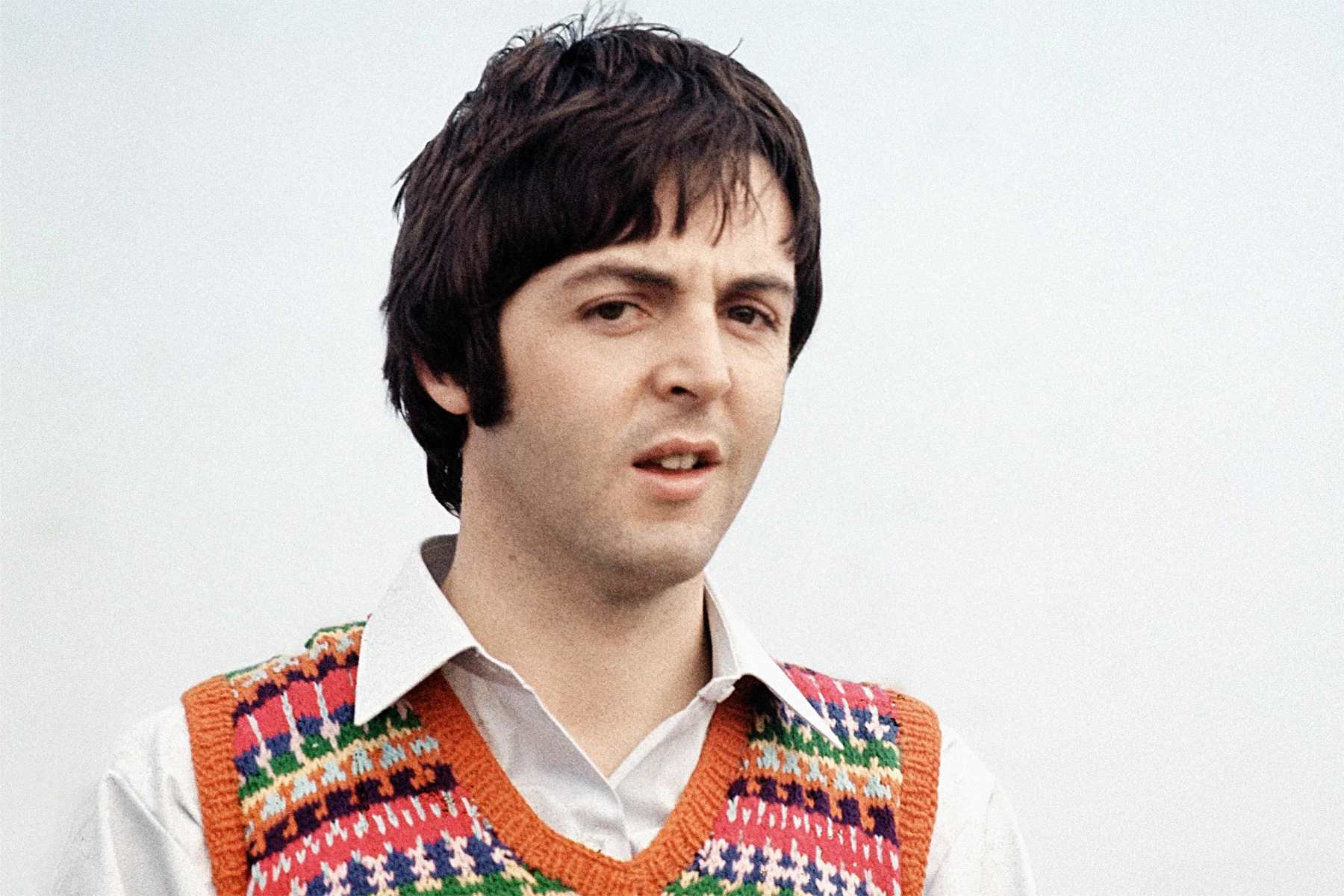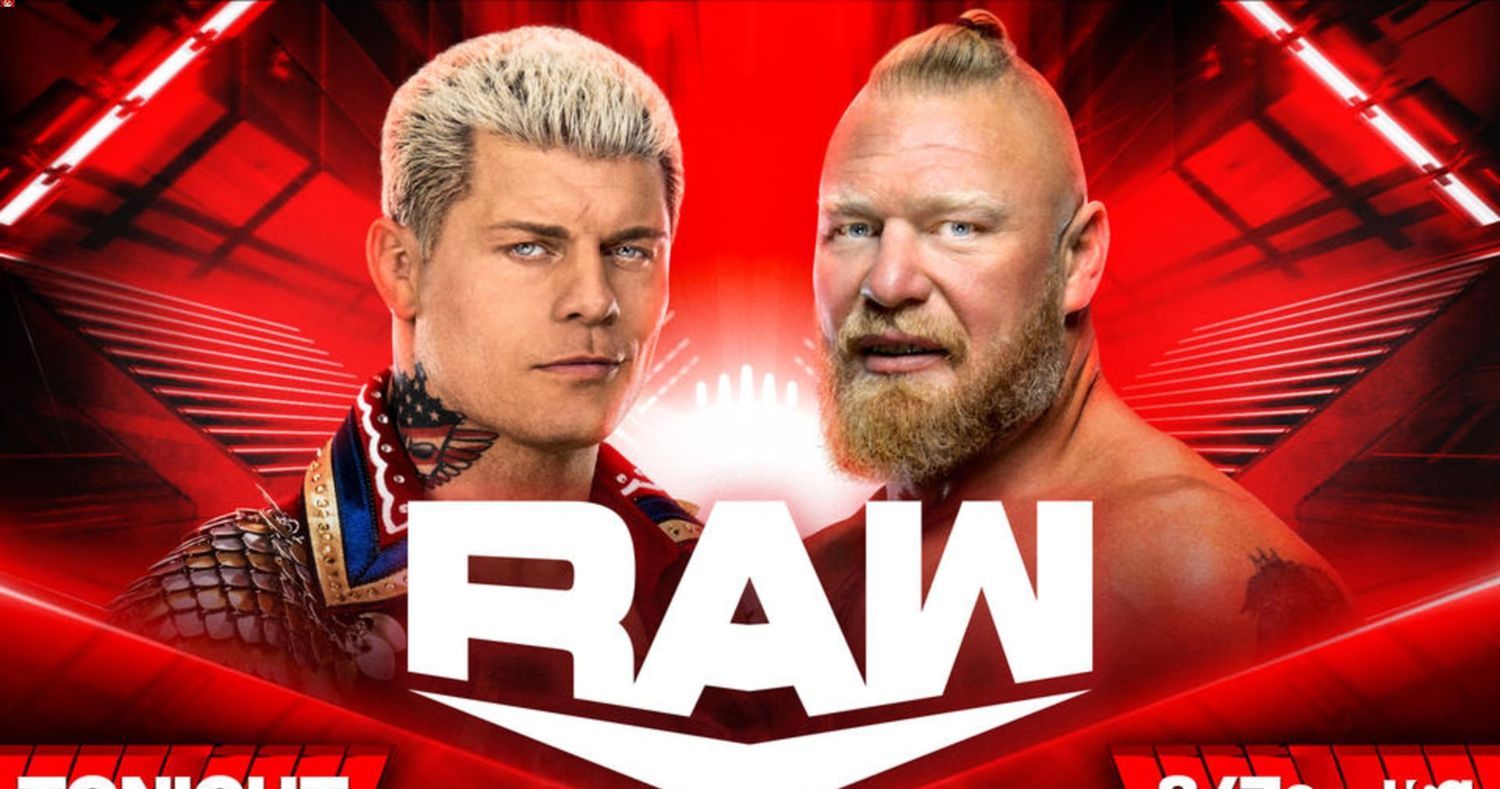
Did Paul McCartney really die in 1966? This question has puzzled Beatles fans for decades. The "Paul Is Dead" conspiracy theory suggests that Paul McCartney died in a car crash and was secretly replaced by a look-alike. This bizarre claim gained traction in 1969 when clues supposedly hinting at Paul's death were found in Beatles' songs and album covers. From playing records backward to analyzing cryptic lyrics, fans have scoured every detail for evidence. Whether you believe it or not, the "Paul Is Dead" theory remains one of the most intriguing mysteries in rock history. Let's dive into 36 fascinating facts about this enduring legend.
Key Takeaways:
- The "Paul Is Dead" theory suggests that Paul McCartney of The Beatles died in 1966 and was replaced by a look-alike, sparking decades of fascination and speculation among fans.
- Despite widespread speculation, Paul McCartney and The Beatles have consistently denied the theory, with humor, and the enduring popularity of The Beatles' music shows that their legacy is timeless.
The Origins of the "Paul Is Dead" Theory
The "Paul Is Dead" conspiracy theory suggests that Paul McCartney of The Beatles died in 1966 and was replaced by a look-alike. This theory has fascinated fans for decades, leading to numerous interpretations and supposed clues.
- The theory began in 1969 when a Detroit DJ claimed that Paul McCartney had died in a car crash in 1966.
- Fans believe that The Beatles left clues in their album covers and songs to hint at Paul's death.
- The rumor gained traction after a college student published an article in the student newspaper, further spreading the theory.
Clues in Album Covers
The Beatles' album covers are said to contain hidden messages and symbols that hint at Paul's supposed death. Fans have scrutinized these covers for decades.
- On the "Sgt. Pepper's Lonely Hearts Club Band" cover, Paul is the only Beatle holding a black instrument, which some interpret as a sign of mourning.
- The "Abbey Road" album cover is often cited, with Paul walking barefoot and out of step with the other Beatles, symbolizing a corpse.
- The back cover of "Sgt. Pepper's" shows Paul with his back turned, unlike the other Beatles who face forward.
- On the "Magical Mystery Tour" album, Paul is dressed as a walrus, which some fans believe symbolizes death in certain cultures.
Hidden Messages in Songs
Lyrics and audio clues in The Beatles' songs are another major source of speculation for believers in the "Paul Is Dead" theory.
- In "Strawberry Fields Forever," some fans claim to hear John Lennon saying, "I buried Paul" at the end of the song.
- The song "A Day in the Life" contains the line, "He blew his mind out in a car," which some interpret as a reference to Paul's alleged car accident.
- In "Revolution 9," playing the track backward supposedly reveals the phrase, "Turn me on, dead man."
- The song "Glass Onion" includes the line, "Here's another clue for you all, the walrus was Paul," which some see as a direct hint.
The Replacement Theory
Believers in the theory argue that a look-alike named William Campbell or Billy Shears replaced Paul McCartney after his supposed death.
- William Campbell allegedly won a Paul McCartney look-alike contest, making him the perfect candidate for the switch.
- Fans point to differences in Paul's appearance before and after 1966, such as changes in facial structure and height.
- Some claim that Paul's voice changed subtly after 1966, supporting the idea of a replacement.
- The name "Billy Shears" is mentioned in the song "Sgt. Pepper's Lonely Hearts Club Band," which some interpret as a nod to the replacement.
Public Reactions and Denials
Despite the widespread speculation, Paul McCartney and The Beatles have consistently denied the theory, often with humor.
- Paul McCartney addressed the rumors in a 1969 interview, stating, "If I were dead, I'd be the last to know."
- John Lennon called the theory "the stupidest rumor I've ever heard" in a 1970 interview.
- Ringo Starr joked about the theory in a 2015 interview, saying, "If people want to think Paul's dead, let them."
- The Beatles' press officer, Derek Taylor, dismissed the rumors as "a load of old rubbish."
Cultural Impact
The "Paul Is Dead" theory has had a significant impact on popular culture, inspiring various forms of media and ongoing discussions.
- The theory was parodied in the 1978 movie "I Wanna Hold Your Hand."
- It inspired the 2010 mockumentary "Paul McCartney Really Is Dead: The Last Testament of George Harrison."
- The theory has been referenced in numerous TV shows, including "The Simpsons" and "Family Guy."
- It has sparked countless books, articles, and documentaries exploring the supposed clues and evidence.
Modern Interpretations
Even today, the "Paul Is Dead" theory continues to intrigue fans and conspiracy theorists alike, with new interpretations and supposed evidence emerging.
- Some modern fans use digital tools to analyze photos and audio recordings for discrepancies.
- Social media platforms have allowed the theory to reach a new generation of fans.
- Podcasts and YouTube channels dedicated to the theory have gained significant followings.
- The theory has even inspired fan fiction and alternative history stories.
Psychological and Sociological Perspectives
Experts have studied the "Paul Is Dead" theory to understand why such conspiracy theories gain traction and how they affect society.
- Psychologists suggest that people are drawn to conspiracy theories because they offer simple explanations for complex events.
- Sociologists argue that the theory reflects broader societal anxieties and mistrust of authority.
- The theory has been used as a case study in media literacy courses to teach critical thinking skills.
- Some experts believe that the theory persists because it taps into the human fascination with mystery and the unknown.
The Beatles' Legacy
Despite the "Paul Is Dead" theory, The Beatles' music and legacy remain as influential as ever, continuing to inspire new generations of fans.
- The Beatles are one of the best-selling music artists of all time, with over 600 million albums sold worldwide.
- Their innovative music and cultural impact have earned them numerous awards and accolades.
- The Beatles' influence can be seen in countless artists and genres, from rock to pop to hip-hop.
- Paul McCartney continues to perform and release new music, maintaining his status as a living legend.
- The enduring popularity of The Beatles and their music shows that, conspiracy theories aside, their legacy is timeless.
The Final Note on Paul Is Dead
The Paul Is Dead conspiracy theory has fascinated fans for decades. From hidden messages in songs to mysterious album covers, the idea that Paul McCartney was replaced by a look-alike has sparked endless debates. While most evidence is circumstantial or easily debunked, the theory remains a fun part of Beatles lore. Whether you believe it or not, it’s clear that the Beatles have left an indelible mark on music history. The Paul Is Dead myth only adds another layer to their already rich legacy. So next time you listen to "Sgt. Pepper's Lonely Hearts Club Band" or "Abbey Road," keep an ear out for those supposed clues. Who knows? You might just hear something new.
Frequently Asked Questions
Was this page helpful?
Our commitment to delivering trustworthy and engaging content is at the heart of what we do. Each fact on our site is contributed by real users like you, bringing a wealth of diverse insights and information. To ensure the highest standards of accuracy and reliability, our dedicated editors meticulously review each submission. This process guarantees that the facts we share are not only fascinating but also credible. Trust in our commitment to quality and authenticity as you explore and learn with us.


